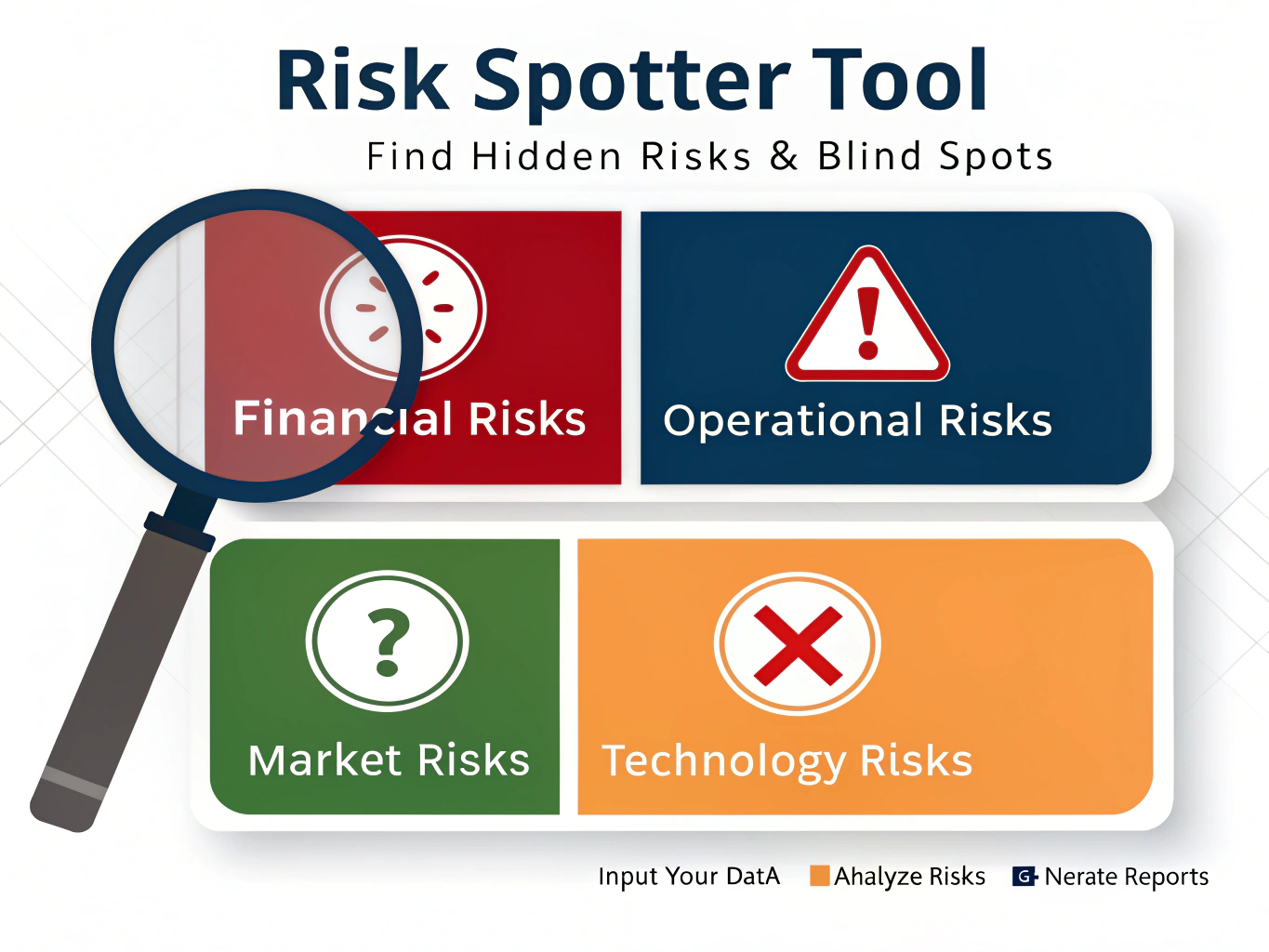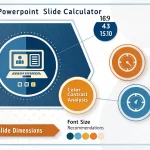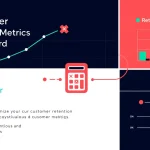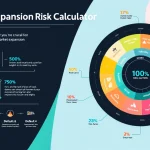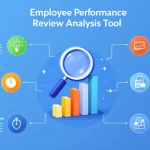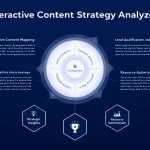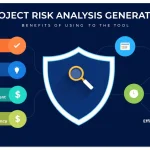Risk Spotter
Identify potential risks and blind spots in your plan with actionable mitigation strategies.
Is this tool helpful?
How to Use the Risk Spotter Tool
Enter your complete plan in the Plan Text field. Copy and paste your entire business strategy, project roadmap, marketing campaign, or operational plan. The more detail you provide, the better the risk analysis will be.
For the Plan Type field, specify what kind of plan you’re analyzing. For example, if you’re launching a new product, enter “product launch strategy.” If you’re planning a company restructure, type “organizational restructuring plan.” This optional field helps target the risk assessment to your specific situation.
Click “Spot Risks & Get Mitigation Strategies” to receive a comprehensive analysis of potential risks and blind spots, along with two practical solutions for each identified risk.
Comprehensive Risk Assessment and Blind Spot Analysis Tool
The Risk Spotter identifies hidden vulnerabilities in your plans before they become costly problems. This strategic planning tool analyzes any type of plan – from business strategies to project roadmaps – and reveals potential risks you might have overlooked.
Every plan has blind spots. Whether you’re launching a startup, managing a complex project, or implementing a new marketing strategy, this tool helps you anticipate challenges and prepare solutions in advance. You get specific mitigation strategies for each identified risk, turning potential problems into manageable action items.
Benefits of Proactive Risk Management
- Identify potential failures before they occur
- Reduce project delays and budget overruns
- Improve stakeholder confidence with thorough planning
- Create contingency plans for critical scenarios
- Enhance decision-making with comprehensive risk awareness
Practical Applications Across Industries
Business Strategy Risk Analysis
Submit your business plan to uncover market risks, competitive threats, and operational vulnerabilities. The tool examines financial projections, market assumptions, and resource allocation to identify potential shortfalls. You receive actionable strategies to address each risk, from market entry challenges to cash flow issues.
Project Management Risk Assessment
Upload project timelines, resource plans, and deliverable schedules to spot potential bottlenecks and dependencies. The analysis covers scope creep risks, resource conflicts, and timeline vulnerabilities. Each identified risk comes with two specific mitigation approaches to keep your project on track.
Marketing Campaign Risk Evaluation
Paste your marketing strategy to identify brand risks, budget allocation issues, and campaign execution challenges. The tool examines target audience assumptions, channel effectiveness, and measurement gaps. You get practical solutions for managing brand reputation, optimizing spend, and ensuring campaign success.
Product Launch Risk Identification
Input your product launch plan to reveal manufacturing risks, market timing issues, and competitive response scenarios. The analysis covers supply chain vulnerabilities, customer adoption challenges, and technical implementation risks. Each risk assessment includes specific strategies for product positioning and launch execution.
Risk Categories and Analysis Framework
Financial and Budget Risks
The tool examines cost assumptions, revenue projections, and funding requirements to identify financial vulnerabilities. Common risks include cash flow gaps, budget overruns, and revenue shortfalls. You receive strategies for financial contingency planning and budget optimization.
Operational and Resource Risks
Analysis covers staffing requirements, skill gaps, and resource availability to spot operational challenges. The tool identifies potential bottlenecks in workflow, technology dependencies, and capacity constraints. Mitigation strategies focus on resource allocation and operational efficiency.
Market and Competitive Risks
Your plan gets evaluated for market timing, competitive response, and customer acceptance risks. The analysis examines market size assumptions, competitive positioning, and differentiation strategies. You receive approaches for market validation and competitive advantage protection.
Technology and Implementation Risks
Technical implementation plans are assessed for system integration, scalability, and security vulnerabilities. The tool identifies potential technical failures, compatibility issues, and performance bottlenecks. Mitigation strategies include backup systems and phased implementation approaches.
Strategic Risk Management Methodology
Systematic Risk Discovery Process
The analysis follows established risk management frameworks to ensure comprehensive coverage. Your plan gets examined from multiple perspectives including stakeholder impact, timeline dependencies, and external factors. This systematic approach reveals risks that traditional planning often misses.
Dual Mitigation Strategy Approach
Each identified risk receives two distinct mitigation strategies. This dual approach provides flexibility in risk management, allowing you to choose the most appropriate solution based on your resources and constraints. The strategies range from preventive measures to contingency planning.
Contextual Risk Assessment
Risk identification considers your specific industry, business model, and operational context. The tool adapts its analysis based on plan type and industry characteristics, ensuring relevant and actionable risk insights. Generic risks are avoided in favor of specific, contextual threats.
Implementation and Follow-Up
Risk Prioritization Guidelines
Use the identified risks to create a prioritized action plan. Focus first on risks that could derail your entire plan, then address those with high probability or significant impact. The mitigation strategies help you allocate resources effectively across different risk categories.
Ongoing Risk Monitoring
Review your plan periodically as conditions change. Market dynamics, resource availability, and competitive landscapes evolve, creating new risks and altering existing ones. Regular risk assessment ensures your mitigation strategies remain relevant and effective.
Team Communication and Buy-In
Share the risk analysis results with your team to build awareness and accountability. When everyone understands potential challenges and their role in mitigation, plan execution becomes more robust. Use the identified risks as discussion points for team planning sessions.
Important Disclaimer
The calculations, results, and content provided by our tools are not guaranteed to be accurate, complete, or reliable. Users are responsible for verifying and interpreting the results. Our content and tools may contain errors, biases, or inconsistencies. Do not enter personal data, sensitive information, or personally identifiable information in our web forms or tools. Such data entry violates our terms of service and may result in unauthorized disclosure to third parties. We reserve the right to save inputs and outputs from our tools for the purposes of error debugging, bias identification, and performance improvement. External companies providing AI models used in our tools may also save and process data in accordance with their own policies. By using our tools, you consent to this data collection and processing. We reserve the right to limit the usage of our tools based on current usability factors.
